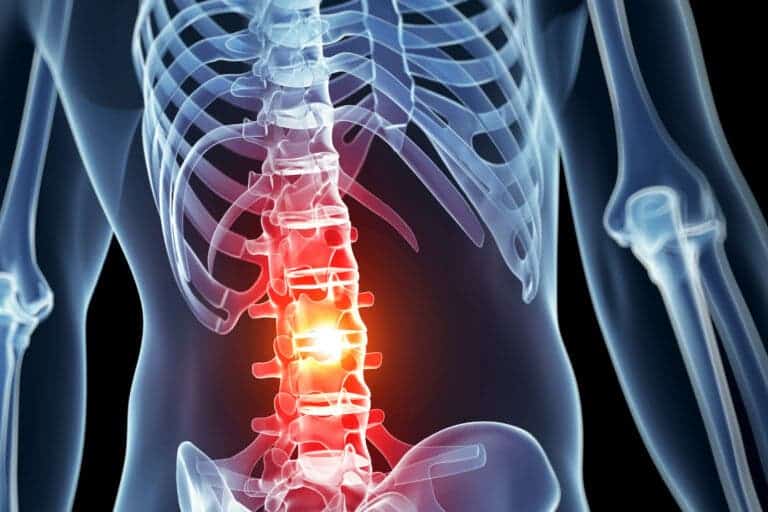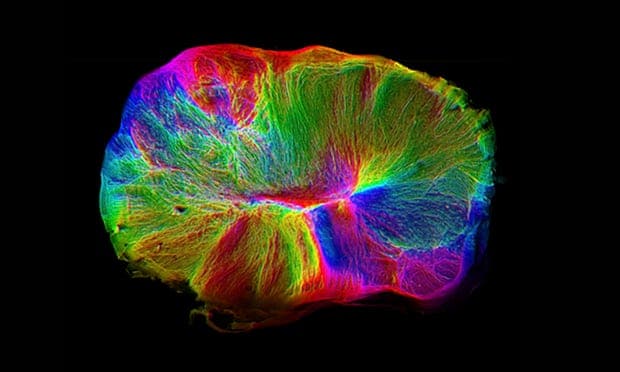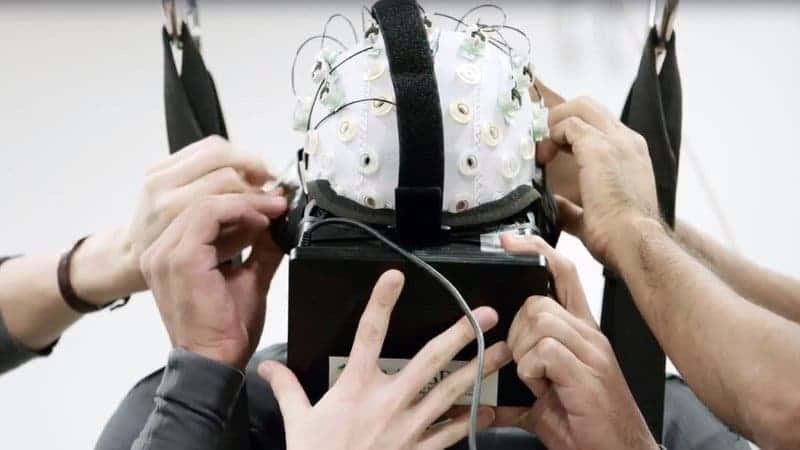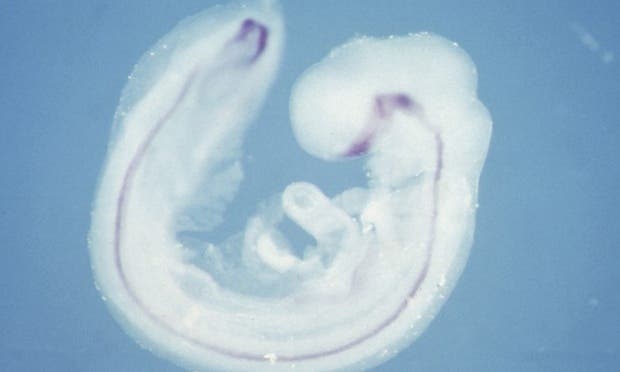
When someone suffers a spinal cord injury, the immune system kicks in full gear rushing immune cells to the damaged site. However, in doing so, overzealous immune cells trigger inflammation that can destroy nerve cells and form a scar that blocks subsequent regeneration. As a result, the patient loses sensory and motor function below the level of injury.
Researchers at the University of Michigan have devised an ingenious method that not only prevents spinal scars from forming but also primes the immune response to promote healing rather than cause damage to nerve cells. So far, experiments have proven successful only in mice but for the more than 12,000 spinal injury patients in the US alone, this kind of research could be immensely valuable if it can be translated to humans.
Previous efforts that attempted to cool down the immune response involved injecting steroids like methylprednisolone. But this practice has proven to do more harm than good, often leading to sepsis and gastrointestinal bleeding.
The method developed by the University of Michigan team of researchers, led by Professor Lonnie Shea, is radically different. It involves injecting nanoparticles that intercept immune cells on route to the spinal cord, redirecting them away from the injury. Those that do reach the spinal cord are coaxed to promote regeneration rather than wildly trigger inflammation of nerve cells. The researchers call it an “EpiPen” for trauma to the central nervous system.
“In this work, we demonstrate that instead of overcoming an immune response, we can co-opt the immune response to work for us to promote the therapeutic response,” Shea said in a statement.
The nanoparticles don’t contain bioactive substances like drugs. Instead, their immune cell altering effect is due to their physical characteristics. When immune cells arrive at a site of injury, they start clearing “debris” to initiate healing. The nanoparticles have a similar size to cell debris and a negative electrical charge that allows them to bind to immune cells. Because there are no drugs involved, there should be no side effects.
When the poly(lactide-coglycolide) nanoparticles were intravenously administered to mice with damaged spinal cords, the overall accumulation of innate immune cells at the site of injury was reduced four-fold. This effect coincided with “down-regulated expression of proinflammatory factors and increased expression of anti-inflammatory and pro-regenerative genes,” the researchers wrote in their study.
“Hopefully, this technology could lead to new therapeutic strategies not only for patients with spinal cord injury but for those with various inflammatory diseases,” said Jonghyuck Park, a University of Michigan researcher and co-author of the new study, which was published in Proceedings of the National Academy of Sciences.
Finely tuned nanoparticles can be therapeutically useful in other situations as well. Previously, nanoparticles were used to mitigate trauma caused by the West Nile virus and multiple sclerosis.
“The immune system underlies autoimmune disease, cancer, trauma, regeneration—nearly every major disease,” Shea said. “Tools that can target immune cells and reprogram them to a desired response have numerous opportunities for treating or managing disease.”






